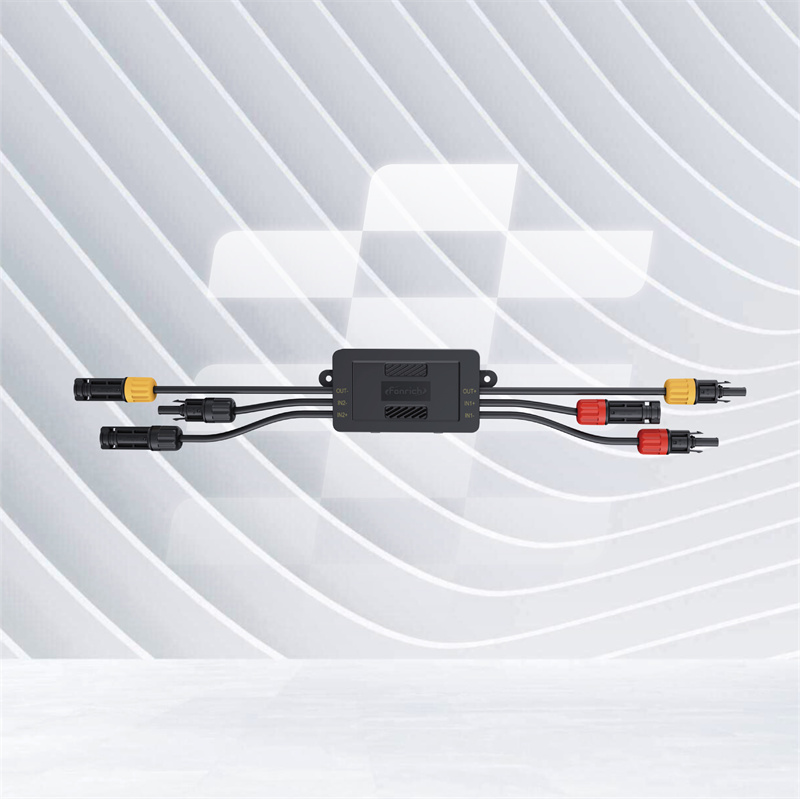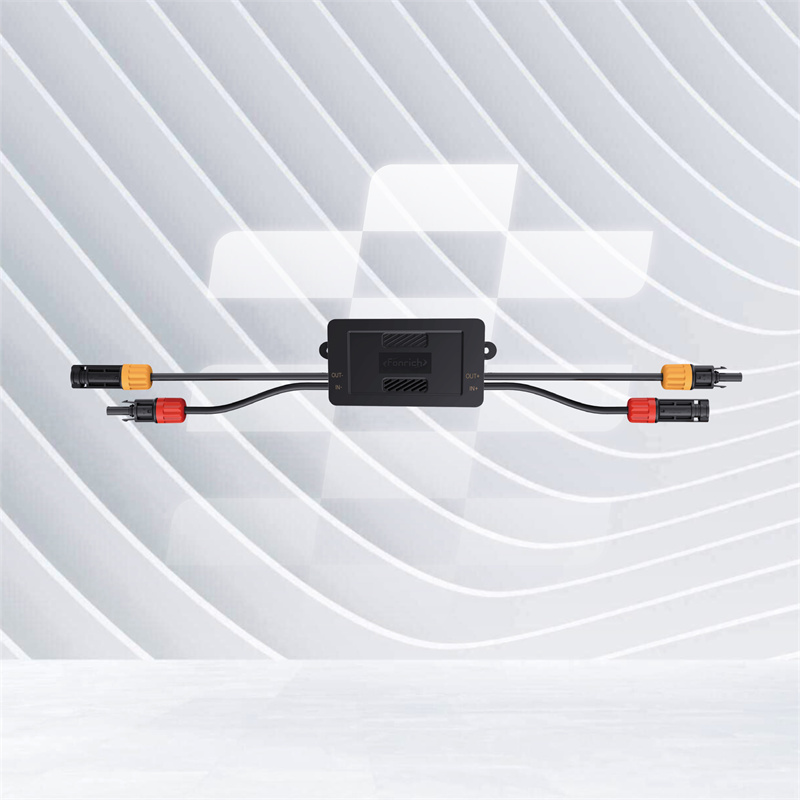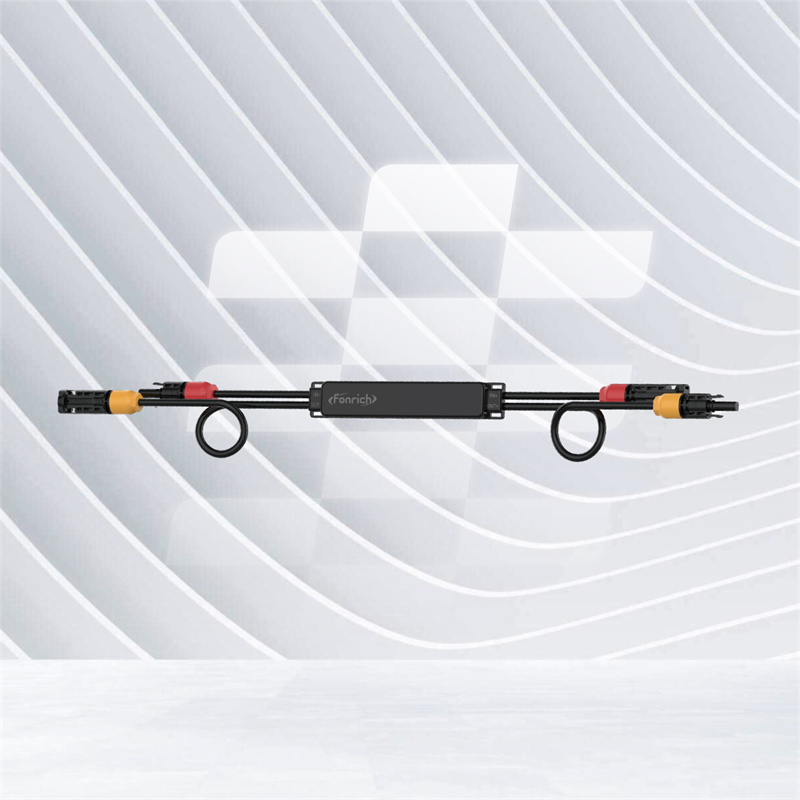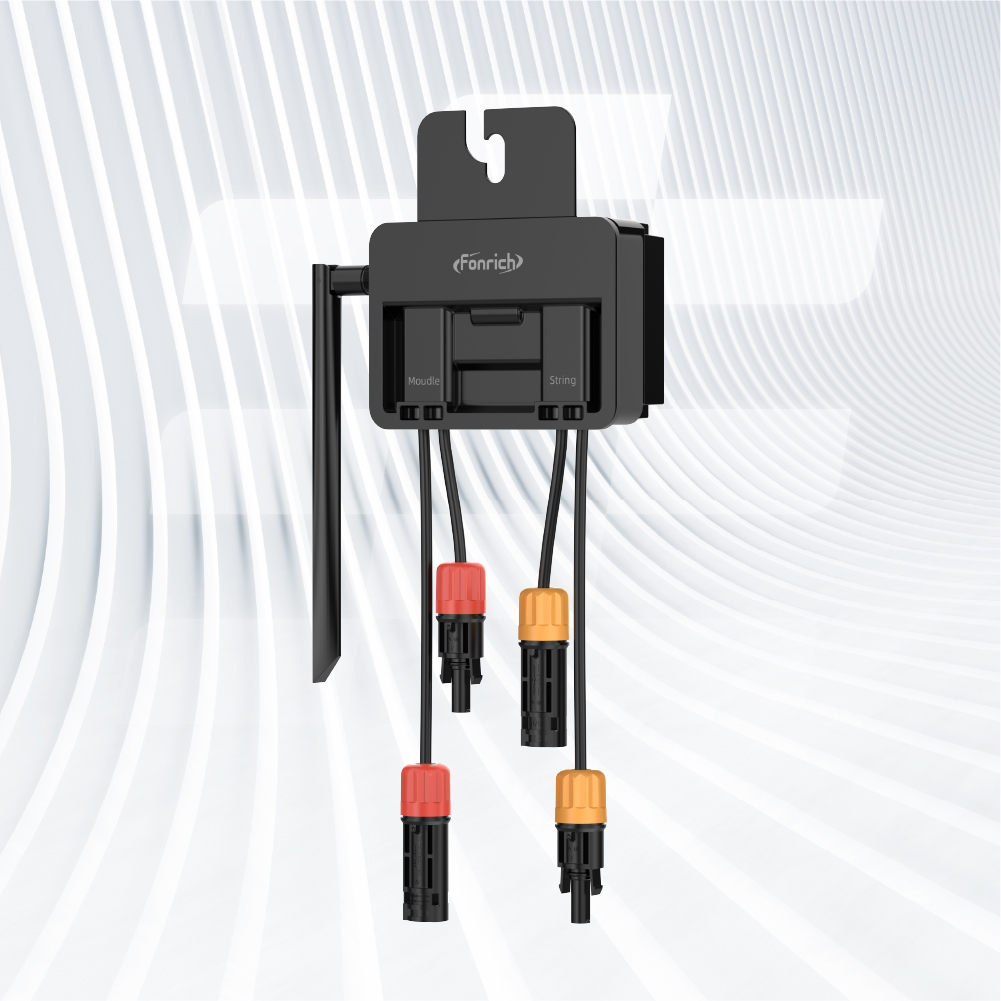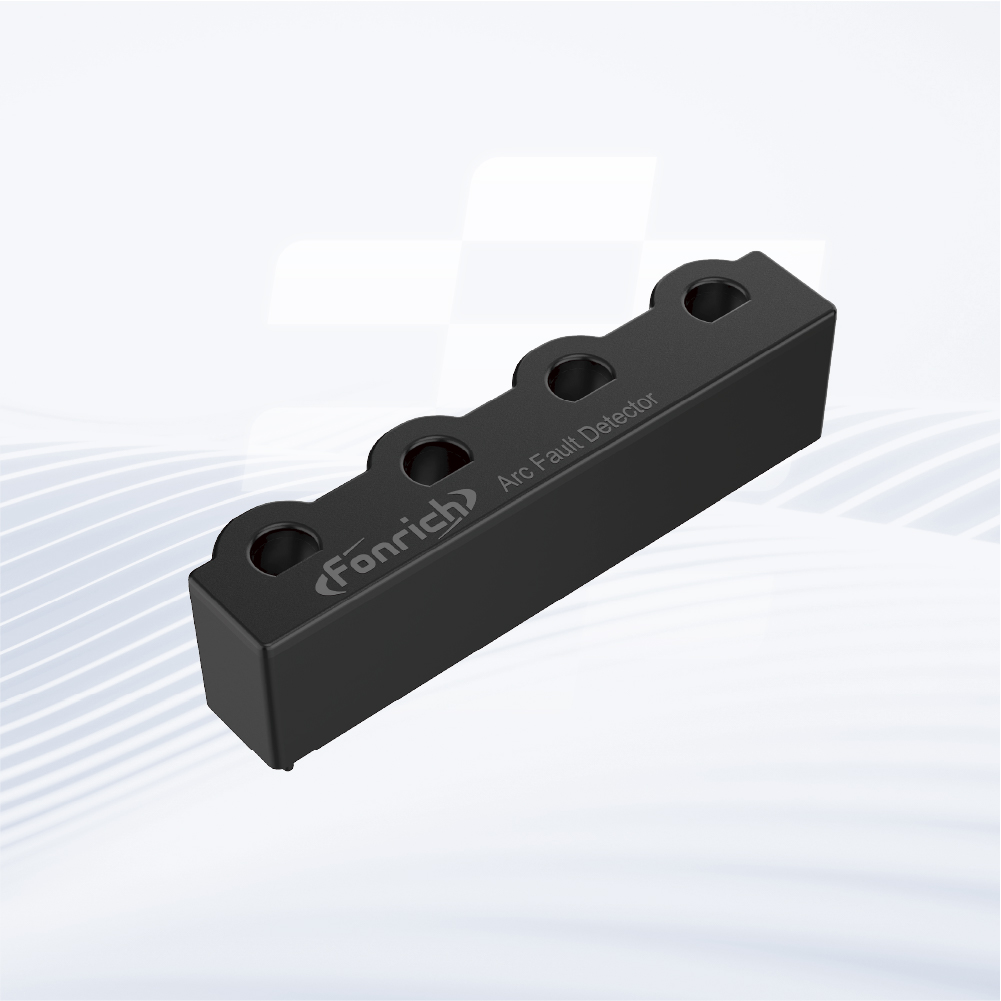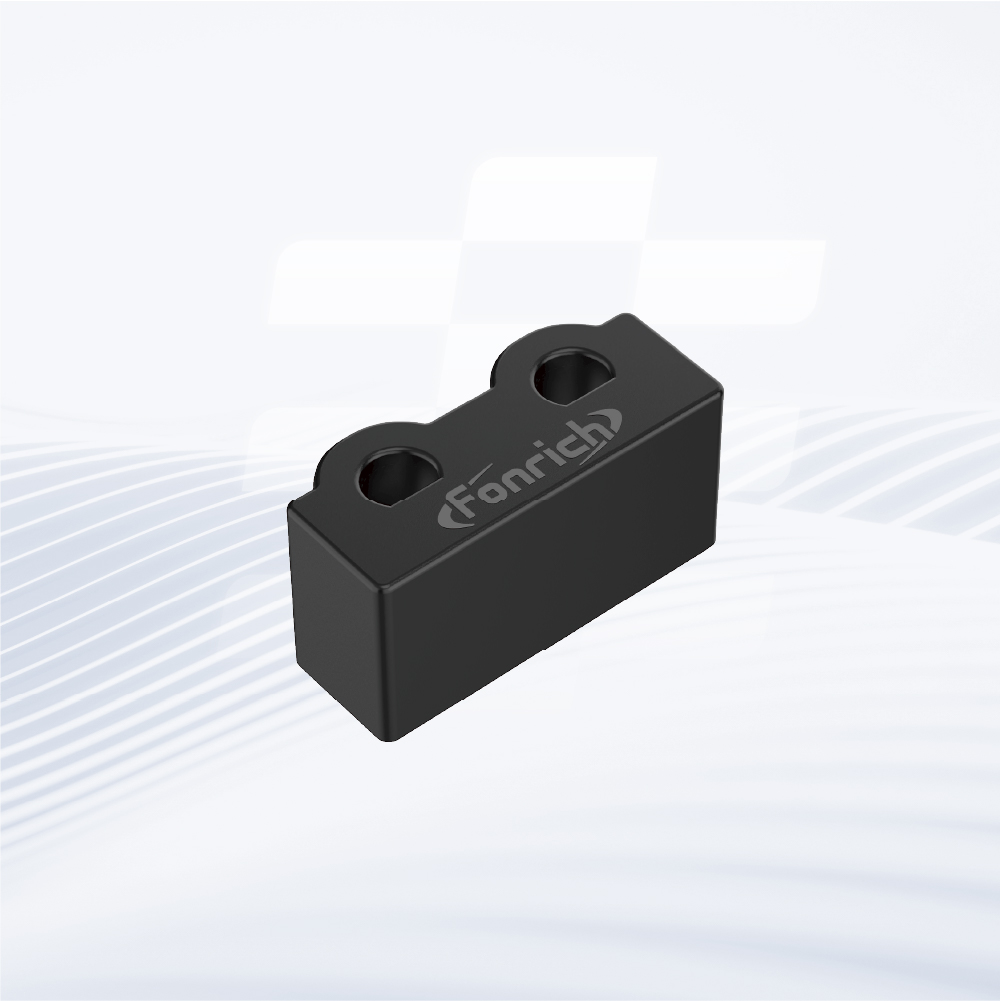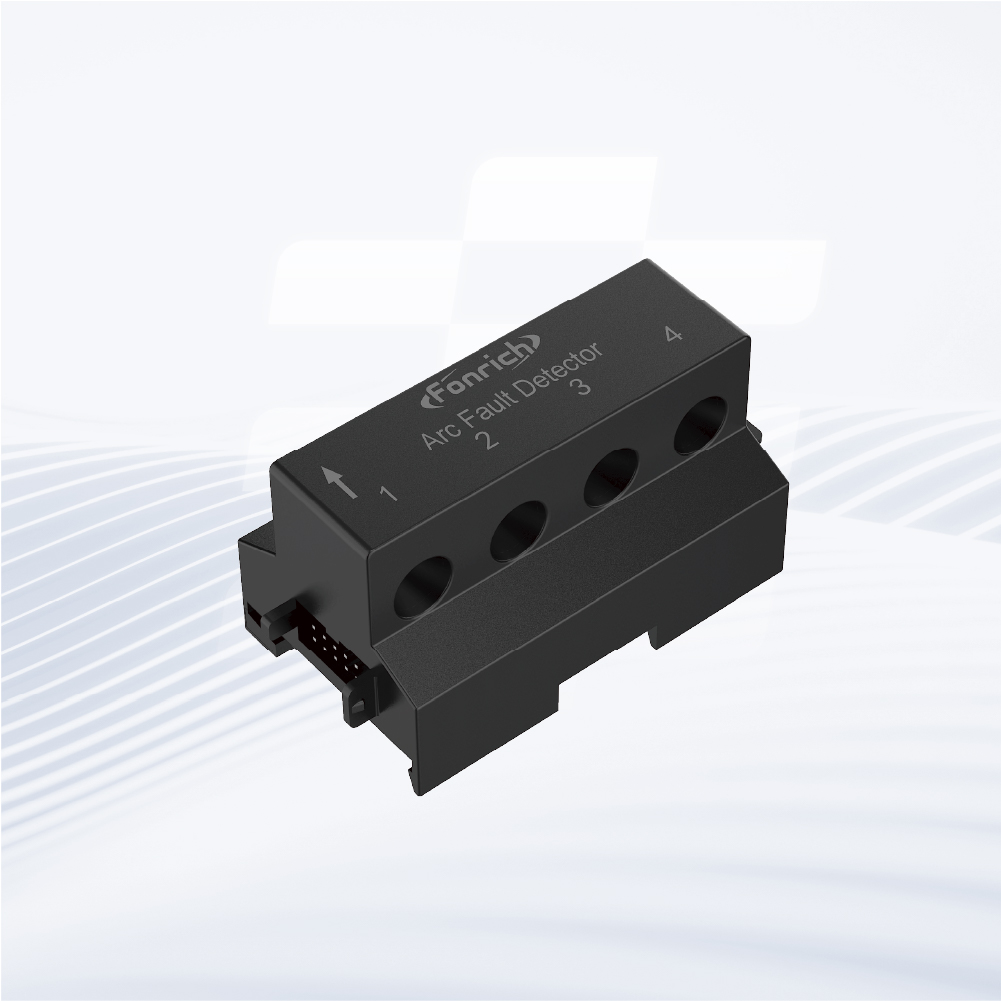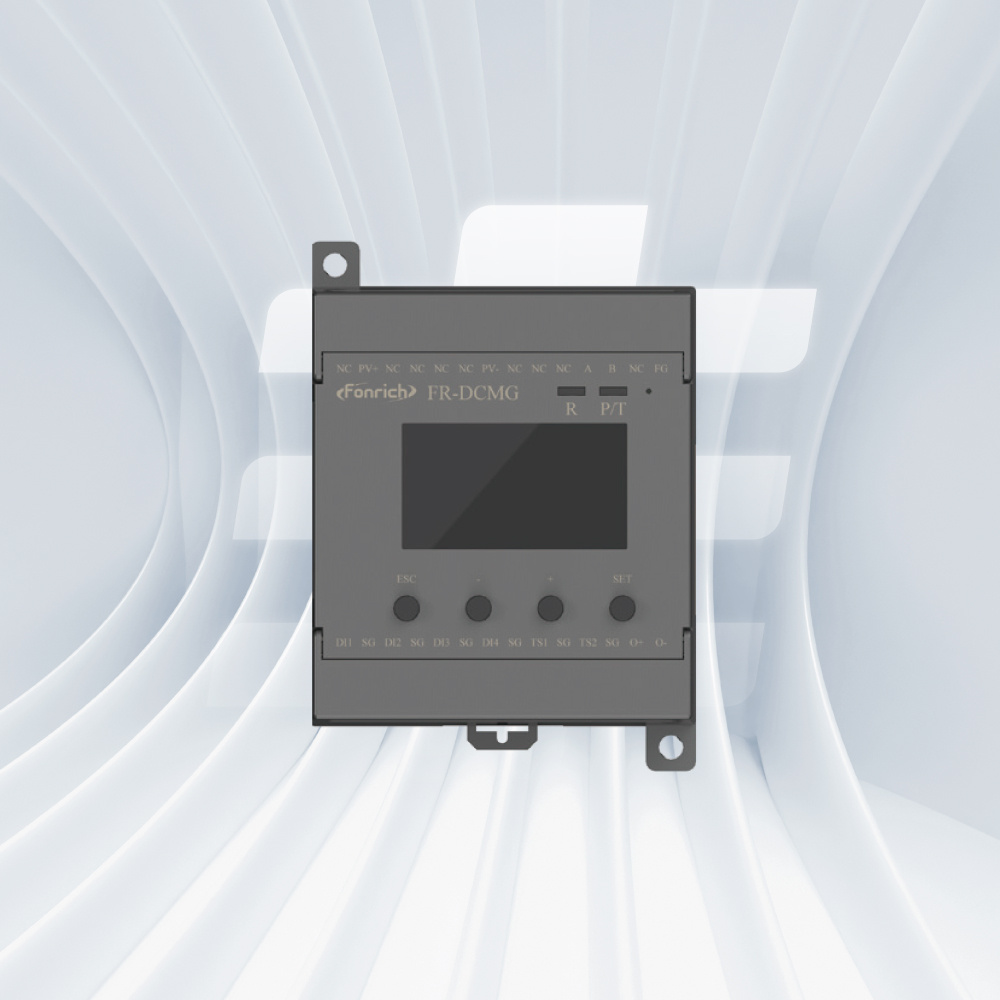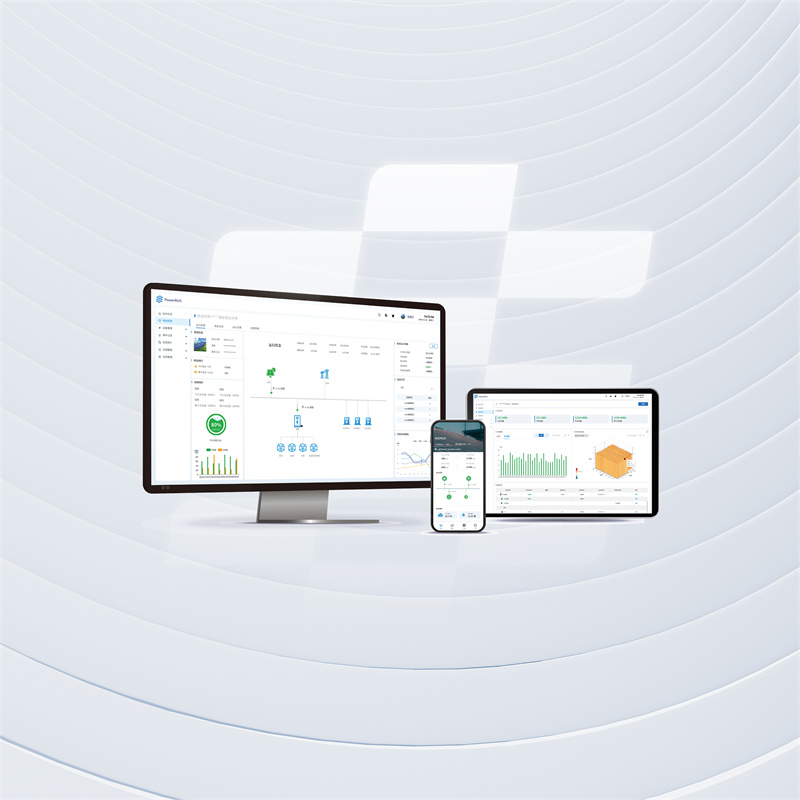 Language
Language
What is rapid shutdown and why is important ?
Solar energy systems are becoming increasingly popular in residential, commercial, and industrial settings. While they offer significant environmental and economic benefits, they also introduce unique safety challenges—especially during emergencies such as fires. One critical safety feature designed to mitigate these risks is Rapid Shutdown. But what exactly is it, and why has it become a standard requirement in modern solar installations?
What Is Rapid Shutdown?
Rapid Shutdown is a safety mechanism mandated by electrical codes (such as the National Electrical Code in the U.S.) that quickly de-energizes the conductors of a solar PV system. In the event of an emergency, it allows firefighters and emergency personnel to safely work on or near a building without the risk of exposure to high-voltage DC electricity.
The core idea is simple: reduce the voltage in the solar array to a safe level within seconds of activation, minimizing the danger of electric shock.
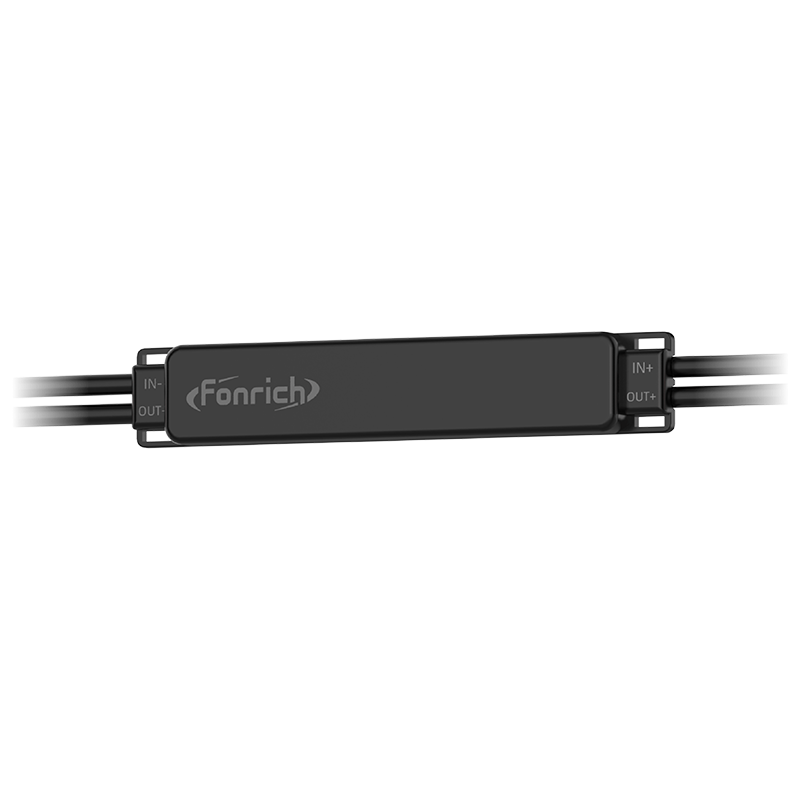
How Does Rapid Shutdown Work?
Modern rapid shutdown systems are typically integrated into solar inverters or installed as standalone devices. When triggered—either manually or automatically—the system initiates a controlled de-energization process:
- Inverter-Level Shutdown: The inverter stops converting DC to AC power.
- Module-Level Shutdown: Devices such as rapid shutdown receivers or optimizers reduce the voltage in each solar module or string to a safe level (usually below 30V within 30 seconds).
This two-tiered approach ensures that both the array and the wiring are quickly rendered safe, even if the system is exposed to sunlight.
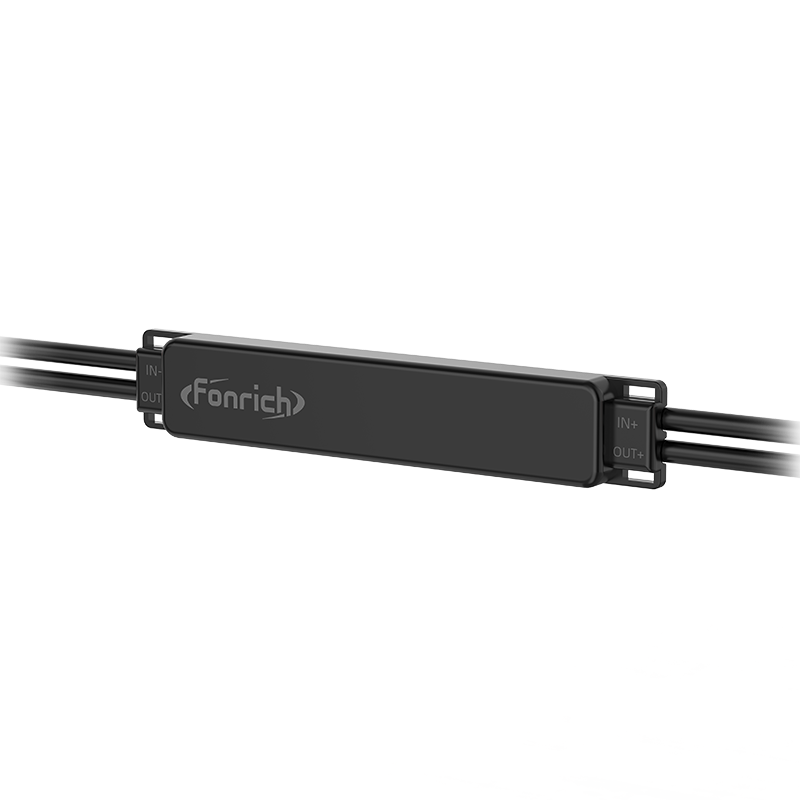
Why Is Rapid Shutdown Important?
1. Firefighter Safety
During a fire, live solar panels can continue to generate electricity as long as they are exposed to light. This poses a serious electrocution risk to first responders. Rapid shutdown significantly reduces this hazard by de-energizing the system almost instantly.
2. Code Compliance
Electrical safety standards, including the NEC in the U.S., now require rapid shutdown functionality for most rooftop solar installations. Compliance not only ensures safety but also avoids legal and regulatory issues.
3. Enhanced System Reliability
Beyond emergencies, rapid shutdown capable devices often come with advanced monitoring and diagnostic features, helping operators maintain system health and performance.
4. Public and Installer Confidence
Knowing that a solar system is equipped with rapid shutdown increases confidence among homeowners, businesses, and installers alike, fostering wider adoption of solar technology.
Conclusion
Rapid shutdown is no longer just an optional add-on—it is a vital component of any modern solar energy system. By ensuring that solar arrays can be quickly and safely de-energized, it protects lives, meets regulatory requirements, and enhances the overall safety and reliability of solar power installations.
To learn more about how Fonrich integrates rapid shutdown technology into its solar solutions, visit the Fonrich official page or reach out to our support team.
Email:info@fonrich.com
Web:www.fonrich.com

